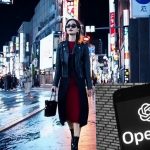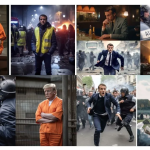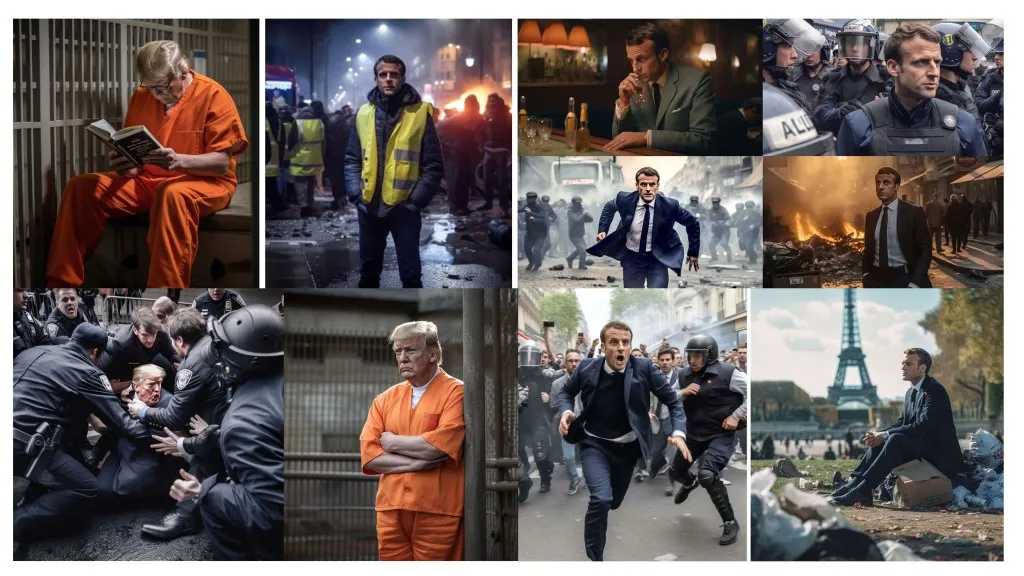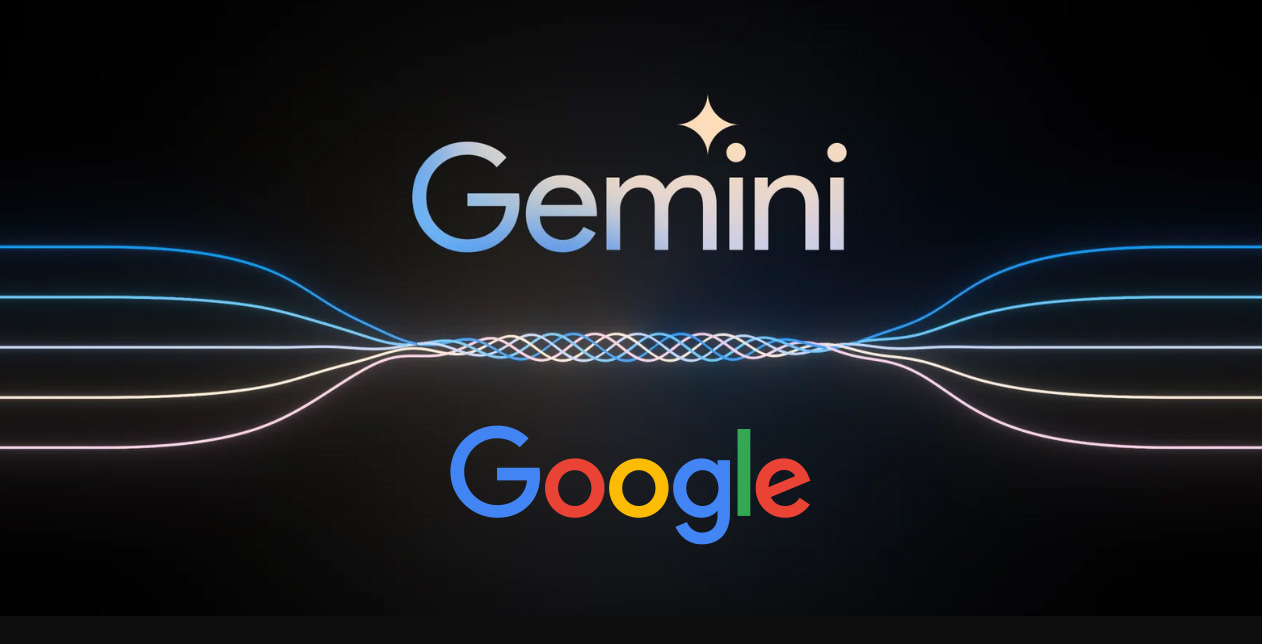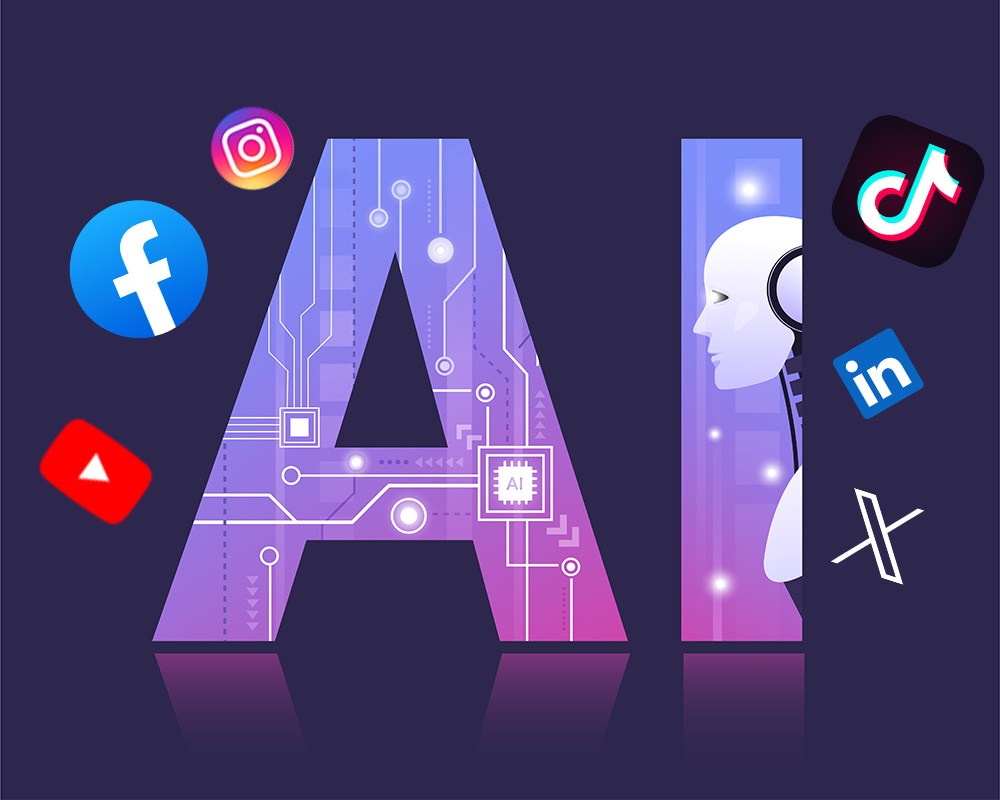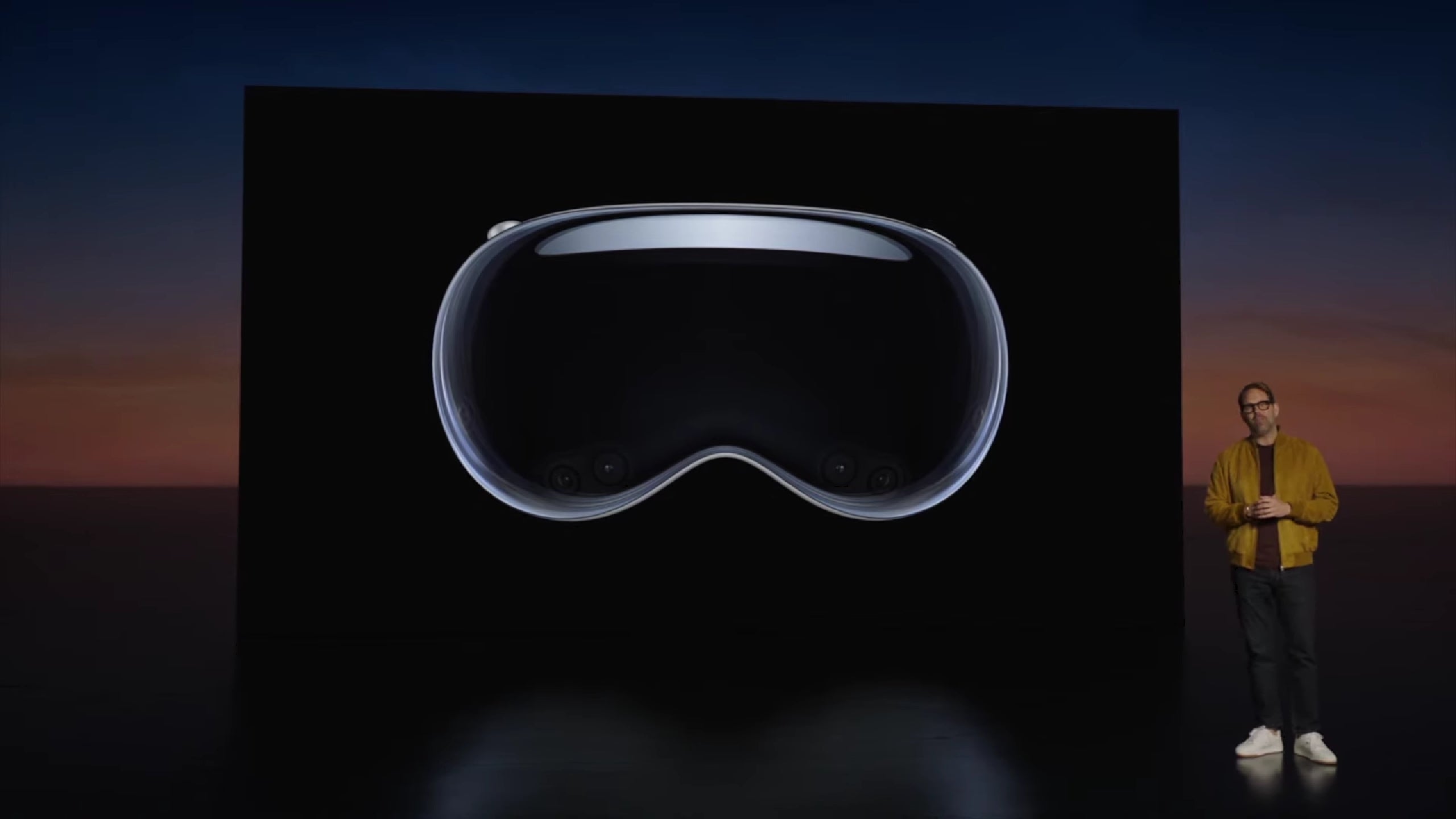Sora is an AI model that can generate videos up to a minute long, featuring highly detailed scenes, complex camera motion, and multiple characters with vibrant emotions. It can also create videos based on a still image or extend existing footage with new material.
Sora works by taking a short descriptive prompt from the user, such as “A stylish woman walks down a Tokyo street filled with warm glowing neon and animated city signage.” It then interprets the prompt and simulates the physical world in motion, using a large corpus of videos that it has learned from.
Sora can also understand the user’s preferences on the style and mood of the video, such as “cinematic style, shot on 35mm film, vivid colors.” It can adjust the lighting, color, and camera angles accordingly, producing shocking results in just a few minutes.
Many of the demonstrations shared by OpenAI showcased hyper-realistic visual details that could make it difficult for casual internet users to distinguish AI-generated video from real-life footage.
Potential Applications of Sora
- Film and Storytelling: Transforming text scripts into captivating movie trailers, short films, animations, and documentaries. Sora empowers filmmakers and storytellers to bring their ideas to life, creating compelling and original videos. Additionally, Sora aids viewers in discovering new content tailored to their preferences and interests.
- Video Enhancement: Elevating existing videos by adding special effects, altering backgrounds, or introducing new characters. Sora supports video editors and producers in enhancing and diversifying their content. Viewers benefit by enjoying more personalized and interactive videos based on their feedback and input.
- Educational Content: Generating informative videos from text summaries, explaining scientific concepts, historical events, or cultural phenomena. Sora facilitates educators and learners in creating accessible and engaging videos to enhance understanding and retention. Viewers can explore different topics based on their curiosity and questions.
- Social Media Personalization: Crafting personalized videos for social media, such as birthday greetings, travel diaries, or memes. Sora assists social media users and influencers in expressing their personality and emotions through unique and fun videos. It also enables viewers to connect and interact with friends and followers based on likes and comments.
- Idea Visualization: Bringing ideas, scenarios, and dreams to life from text descriptions, like designing a product, envisioning the future, or exploring a fantasy world. Sora supports designers and innovators in creating and testing prototypes and visions, receiving valuable feedback and suggestions. Viewers can immerse themselves in different realities and possibilities based on their imagination and creativity.
What People Worried About Sora
The videos produced by Sora are undeniably incredible. These videos would have taken hours to produce by a real film crew or animators. Sora will likely be disruptive to the film industry in the same way that ChatGPT and AI-image generators have shocked the editorial and design world. It’s a technology that is both remarkable and yet frightening in terms of job security for video creators.
OpenAI says there are a few tweaks to be worked out, including not understanding cause and effect. Sora may generate a video of a person taking a bite out of a cookie, but after, the cookie might not have a bite mark. OpenAI also says the model lacks spatial awareness. It may confuse left and right, and not understand how a person or object interacts with a scene.
Safety is also a primary concern, especially given how AI technology has been abused to create deepfakes in recent months. OpenAI says it will build tools to help detect misleading content, as well as apply existing technologies that reject harmful text prompts. However, given the ways people have circumnavigated protections of current AI models, it’s questionable how successful these efforts will be.


